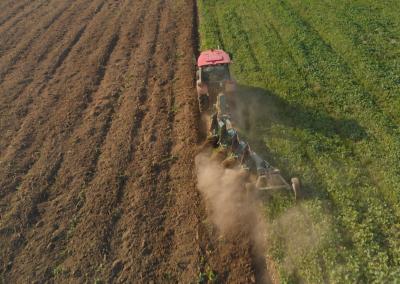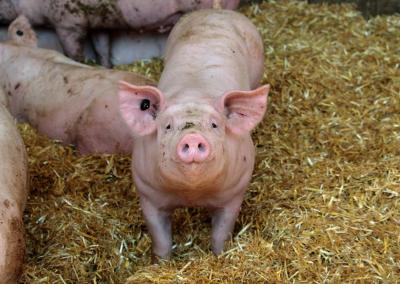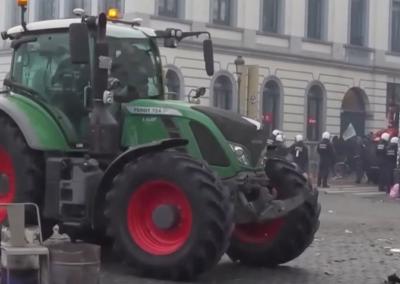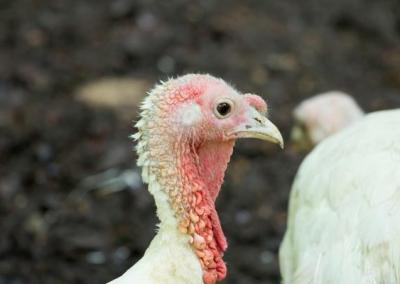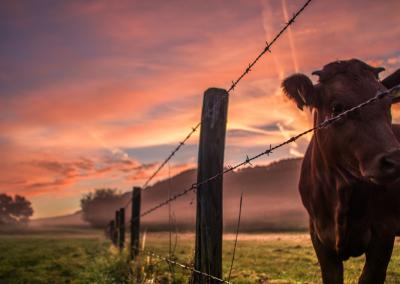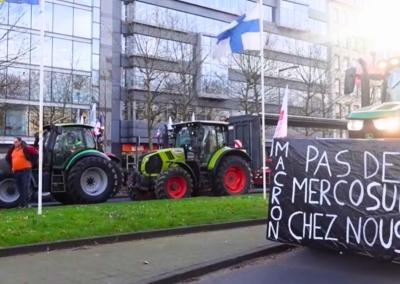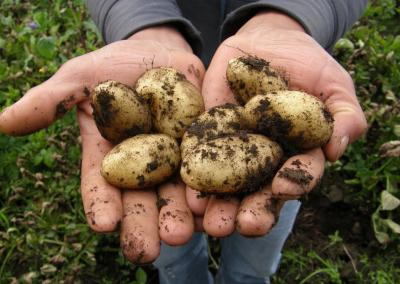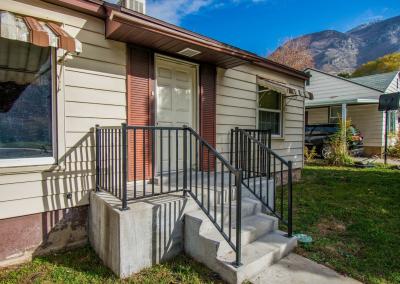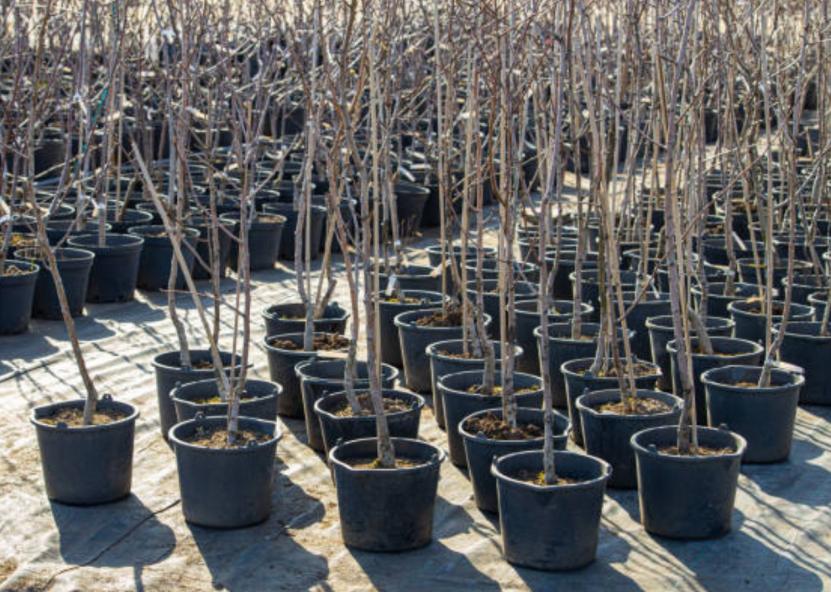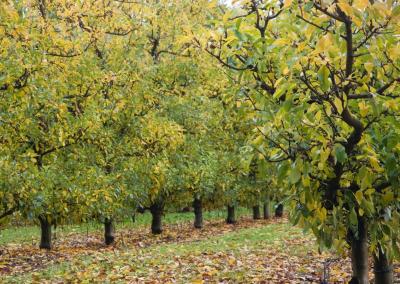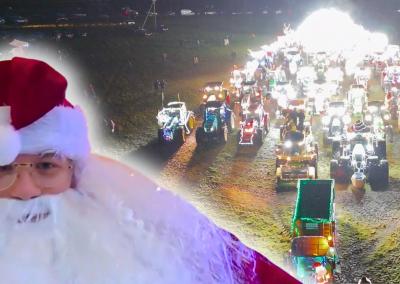How to choose healthy fruit tree seedlings
Autumn planting is not inferior to spring planting, and is sometimes preferable because it has its advantages. Plants planted before the weather cools down take root well, are less likely to be attacked by diseases and pests, and are not afraid of temperature fluctuations. Especially as the autumn nursery sale is approaching. In autumn, nurseries and garden centres offer a very varied, wide and rich range of products, with many useful promotions that can help you to save a lot of money on your new plant purchases.
But it is important not to make a mistake when buying and to choose a healthy, hardy, unblemished seedling. The choice should be made carefully. Each fruit tree has its own criteria for healthy seedlings, but the following are general recommendations for all fruit trees:The age of the seedling should not exceed 1-2 years;
• the best height – up to 1-2 m;
• root length of at least 25-30 cm;
• the seedling must show no obvious signs of mechanical damage, disease or pests;
• it is excellent if there are no signs of overthinning (damaged bark, excessively rich green leaves, excessive height for its age);
• the seedling purchased must be free from flowers and fruit.
You should always ask the seller whether the variety of the seedling is regional, suitable for the area where you plan to grow it, resistant to adverse conditions, common local diseases and pests, suitable for autumn planting, or whether it is better to hide the tree until spring. It is also worth checking information on the flowering period, the ripening time and the characteristics of the fruit. It is worth looking at the quality certificates.
Now let's take a closer look at how to choose seedlings of popular fruit trees – apple, pear, cherry, plum. Apricots, peaches and some cherries are best left until spring.
How to choose apple seedlings
To avoid disappointment, choose an apple seedling with no or very few branches. The more branches on an apple seedling, the older it is and therefore the worse it roots.
It is also worth paying attention to the variety and type of apple tree. If it is not possible to grow a 10 m tall apple tree in the garden, then varieties with dwarf or semi-dwarf rootstocks should be chosen.
Apple seedlings come with an open or closed root system. The latter are easier to root as they are planted with a clump of soil. However, unscrupulous sellers can sometimes play a trick by deliberately sticking open-rooted seedlings in planting containers filled with soil in order to sell them at a premium. It is therefore a good idea to check before buying by gently pulling the sapling by the trunk out of the container. If it is easy to remove from the container, it is an open-rooted seedling, not a closed-rooted one.
How to choose a pear seedling
It is better to buy pear seedlings that are one-year old, as the roots of two-year olds grow widely and can be damaged during removal, which will affect the tree's growth and establishment later on.
Annual pear seedlings have twigs, which distinguish them from apple trees. Usually there are no more than two shoots. The recommended trunk diameter of a pear tree should be about 1 cm. A two-year-old seedling already has up to three shoots and a trunk of at least 1,5 cm.
The roots of a healthy pear seedling shall be elastic, flexible but not brittle, and free from damage or shriveling. If the seller convinces you that the shriveled roots can be soaked, it is better to refuse this specimen.
How to choose cherry seedlings
Some gardeners are cautious about planting cherries in autumn. But if you choose a hardy winter cherry variety, buy a perfectly healthy seedling and plant it correctly, then there should be no problem. When buying cherry seedlings, the following parameters should be considered: height – up to 1 m, root length – 20-30 cm, branch length – up to 20 cm.
At least two different varieties of cherry trees should be selected to ensure a good yield.
When buying cherry seedlings with an open root system, the roots should be moistened, wrapped in burlap and placed in a polythene bag. This “package" is to be taken to the planting site on the plot. If the road is long, the seedling should be moistened to prevent it from drying out. Once in the garden, the roots can be unwrapped and planted immediately.
How to choose plum seedlings
When buying plum seedlings, you should pay attention to the number of shoots. If there are no more than three, you can choose one. But it is better not to take very branched plum seedlings, as they are much older than the planting age.
Another important point – the choice of the desired pollinator variety. It should be chosen so that both plants flower at about the same time. Even self-pollinating trees will benefit from this proximity, increasing the quantity and quality of their fruit.

